The Problem
A manufacturer of precision bearings for aerospace & defense applications was experiencing a rework rate of 27% This is desperately high and causing other issues such as on-time delivery delays, capacity constraints, excess overtime, and scrap. The reactive nature of the response and inability to define and solve the rework issue was causing issues in production planning and scheduling. Rework was increasing over several months and not going away on its own. We employed six sigma problem solving for their bearing inspection method. The goal was to get the rework rate to 6.75%
Our Approach
APO began with a structured Six Sigma DMAIC approach. First, we found that the definition of a defect was incorrect. Next, as the defect was properly defined that the measurement method of that failure mode was flawed. The analysis of the failure modes allowed us to re-engineer the inspection process to reflect the requirements of the process based on the customer’s specifications. We improved the process by testing and proving the new process then memorializing it in new standard work instructions. Finally, we controlled the process by retraining the Team, communicating the new standard, and created a new metric to protect the process against future degradation through control chart methods.
The Results
APO was able to reduce rework from 27% to 3% in 45 billable days This was one month ahead of expected completion. The solution was standardized and documented. We trained all of the staff on the new standard work which included the new defect definition, rejection criteria, visual standards and threshold samples, SOP, and help chain with an escalation and control plan. The method was shared by yokoten across the organization and immediately adopted by their business unit in China that has similar operations and issues. Six sigma problem solving for their bearing inspection method proved to be the correct approach.

